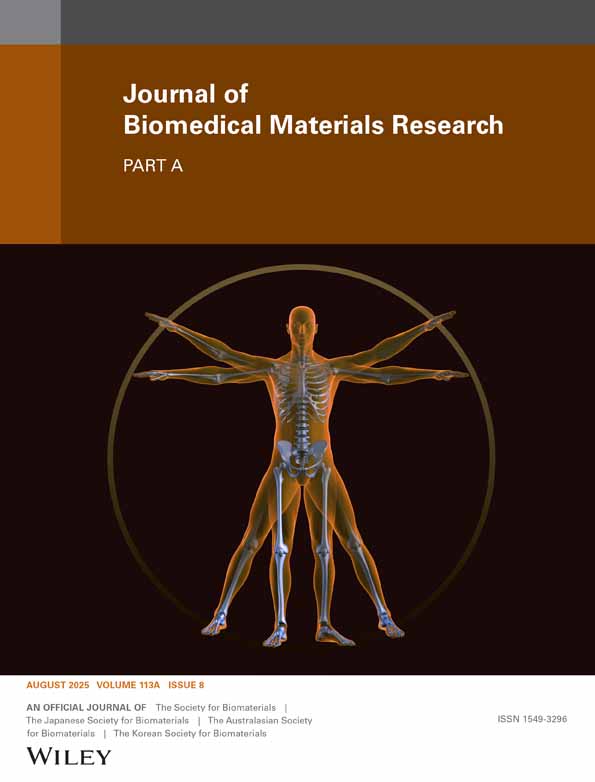Magnetic resonance imaging of phase transitions in nitinol
Abstract
Magnetic resonance images are prone to artifacts caused by metallic objects. Apart from being a source of image degradation, such artifacts can also provide information about the magnetic properties of the foreign object. In this work, we aim to explore the potential of magnetic resonance imaging to detect and characterize changes in magnetic properties of nitinol undergoing temperature- or strain-induced phase changes. A spin echo and a gradient echo method were used to measure the magnetization changes related to the phase transformations. Results of both methods were in agreement and in accordance with the independent measurements using a vibrating sample magnetometer. Magnetic resonance imaging turned out to be a suitable method to visualize and quantify magnetization and phase changes in situ. It is not restricted to a single imaging strategy and does not require any modification of the test object. The results indicate the potential of magnetic resonance imaging to provide direct feedback of the thermomechanical state of the alloy. © 2006 Wiley Periodicals, Inc. J Biomed Mater, 2006




